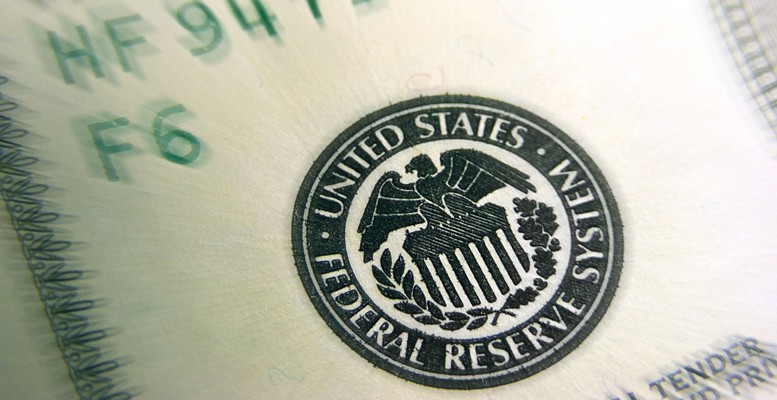Ahead of Donald Trump’s inauguration on January 20, the change in direction for US economic policy which he has already announced is continuing to act as a tailwind for confidence across the country. The latest proof of this was the NFIB survey of US small businesses.
The above-mentioned survey showed the best figures since end-2004, rising from 98,4 in November to 105,8 in December. Intermoney ‘s analysts point the figure was 94,9 before the elections.
In net terms, 16% of small companies planned to hire personnel and, more importantly, 29% intended to increase their investments. However, the really important figure was that 50% expected improvements in the economy when, in August, 12% forecast a worsening situation. In the US, there is an undoubted turnaround in confidence on the part of the economic agents, which will add a few tenths of a percentage point to growth at the start of this year, while there is a still a favourable tailwind in the labour market.
Yesterday, the number of jobs available in the US (JOLTS) were also confirmed. It stood at levels of 5,5 million in November.
In this case, it’s true that the previous month’s figures were revised downwards. But we are also talking about a stock, and so the most relevant figure is the last available one which points to the favourable inertia of the US economy, as we said earlier. The other side of this coin is that the Federal Reserve’s exit strategy may speed up compared with predictions and could counter growth in the second half of 2017.
In line with the above, the words this week from Fed chairman, Eric Rosengren, are interesting. He revived a very interesting and complex debate when he tabled the possibility of the Fed considering reducing its balance to avoid an overheating of the US economy. Rosengren put emphasis on the fact that full employment rates could be exceeded and showed concern about the trend in salaries against a backdrop of a lack of workforce.
Under these premises, the Fed representative discounted inflation goals being met by year-end. He raised the possibility of hiking interest rates at a faster pace, a situation which he believed would require starting the debate on the future of the Fed’s balance: “According to my criteria, we would be at this point if we think the economy is strong enough for us to implement multiple (monetary policy) tightening moves. At that moment, we should be thinking seriously about reducing the balance.”
The key point about the Fed’s exit strategy is not so much the pace of rate hikes which will be very gradual or just gradual, but also how it will reconfigure its balance.
This is a question which we have always considered would take time to be addressed and would only happen when official rates were near their arrival level, which we put at around 3%. The reduction of the Fed’s balance, if it is not appropriately implemented, would have a substantial destabilising effect on the markets.This is because we need to keep in mind that the Fed’s holdings have risen from $496 billion at end-2008 to $4.222 trillion currently.
In fact, just with investors beginning to estimate what a likely reduction would be, this would have a notable effect on treasury and other assets’ yields. At the moment, it’s too soon to envisage ourselves in this situation and the markets will be focusing more on Trump’s tariff threats (imposible without the support of the House of Representatives), whil expectations ahead of the upcoming results season will begin to weigh on the bourses.





